When I first brought the puppy home, I can still remember my son抯 words, 揹on抰 like the puppy, daddy.?That was more than 30 years ago but the memory of it now is just as vivid today. The puppy was ...
When I first brought the puppy home, I can still remember my son抯 words, 揹on抰 like the puppy, daddy.?That was more than 30 years ago but the memory of it now is just as vivid today. The puppy was a 12 week old Doberman?and my son was 2 years old. As I carried the puppy into the house, its long legs draped over my arms, all I could think of was 揥hat have I done?
It wasn抰 the reception that I had expected but suffice it to say that everything eventually turned out fine and the puppy we named Misty, grew up to be a great family pet. Fortunately for us, Misty wasn抰 a difficult puppy. It was her size in relation to that of my little boy at that time that I had underestimated.
I had done a great deal of research and chosen a well-respected breeder before purchasing the puppy but because of that first encounter with my son, knew that good training methods were now more important than ever.
Not all puppies are the same when it comes to training. Some require more time and effort than others but generally the training methods are very similar. Both time and dedication are required to train a puppy dog correctly. Patience is the key to training and repetition is essential to reinforce the learning process.
The age of the puppy can be extremely important since it is generally easier to train younger animals. If possible, training should begin between six and eight weeks. Different breeds can also play an important role in the training methods. Different breeds have different temperaments and personalities. For example the German Shepherd, Doberman and Boxer are guard dogs with an instinct to love and protect their companions whereas the Labrador and Spaniel are very energetic hunting dogs. Because of this, there will be some small difference in the training methods.
Common training methods should firstly include house training such as crate or potty training. During this and throughout the training period simple commands should be given such as 搒it?and 搒tay? These commands will form the foundation upon which more difficult ones can then build on.
Interaction with other dogs and other people is an important factor of puppy dog training. Puppies should learn to socialize with other dogs and feel comfortable in the presence of other people. This will help prevent any frightened or aggressive behavior that can be the result of little or no proper interaction.
?br />Leash training is essential if you want a well-behaved puppy and more importantly a well-behaved dog when that puppy has grown. It can be very embarrassing for owners, especially those with large dogs when seen to be dragged along the road by their dog. Leash training will also help the puppy get used to wearing a collar and allow it to walk safely outdoors.
Always praise your puppy when it successfully carries out your command and although obedience training can come in many forms, it should always be carried out with patience and with love.

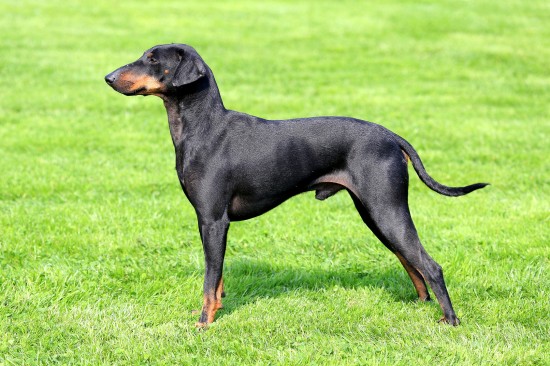 Manchester Terrier Vs Miniature Pinscher - The Differences
Manchester Terrie
Manchester Terrier Vs Miniature Pinscher - The Differences
Manchester Terrie
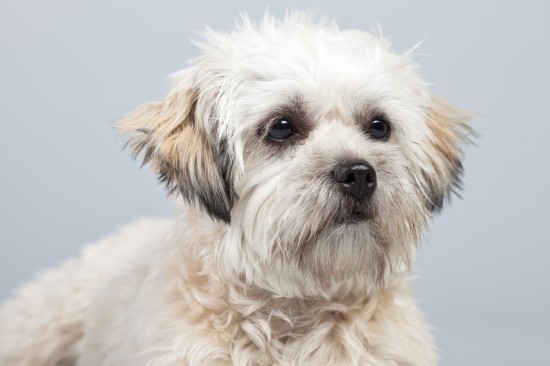 15 Top Tips For Dog Owners To Make Canine Care A Little Easier
15 Top Tips For D
15 Top Tips For Dog Owners To Make Canine Care A Little Easier
15 Top Tips For D
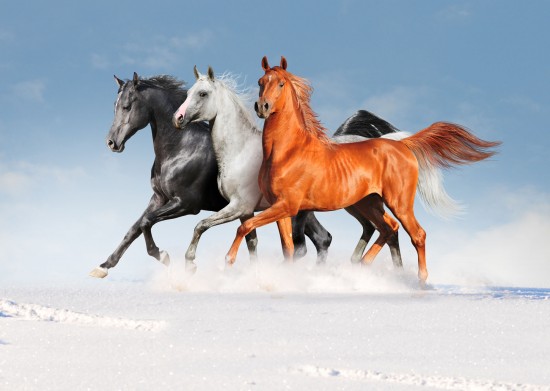 Extraordinary Colours & Characteristics Of The Arabian Horse
Extraordinary Col
Extraordinary Colours & Characteristics Of The Arabian Horse
Extraordinary Col
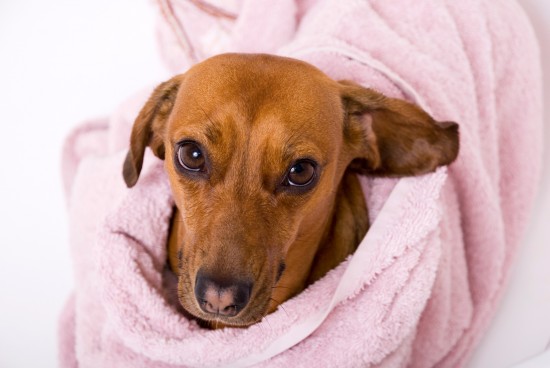 Some Common Canine Care And Behaviour Myths
Some Common Canin
Some Common Canine Care And Behaviour Myths
Some Common Canin
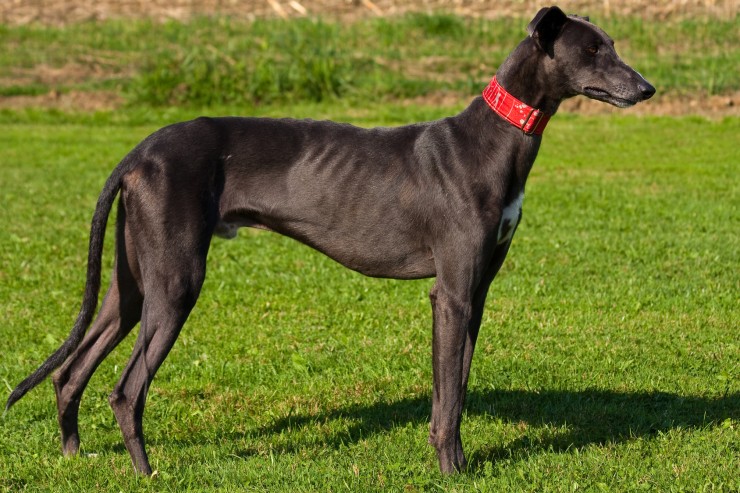 Five Universal Personality Traits Of The Greyhound
Five Universal Pe
Five Universal Personality Traits Of The Greyhound
Five Universal Pe